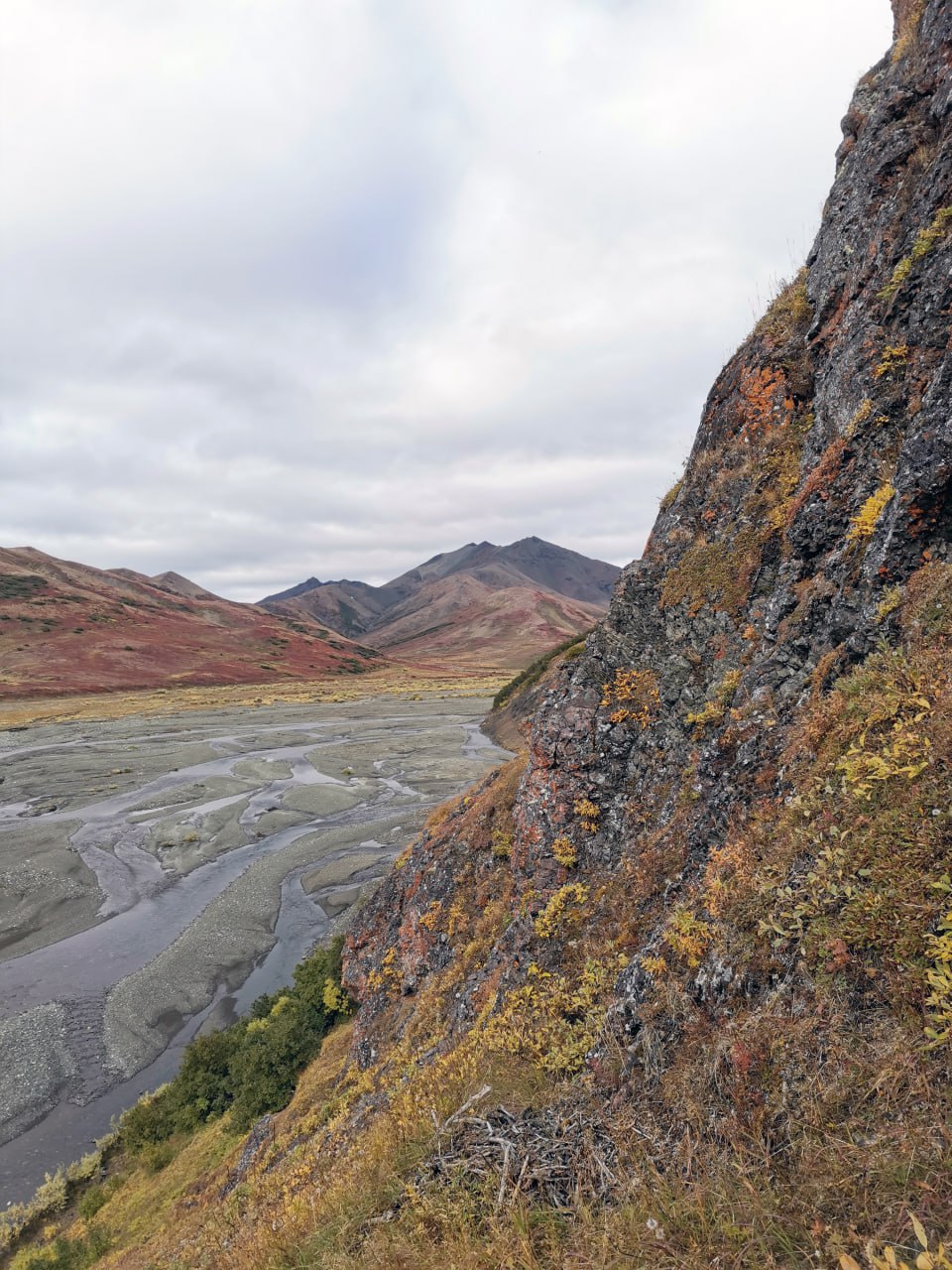The field season of the Tanyurer Party took place in the Anadyr District of the Chukotka Autonomous Okrug, in the Kanchalan reference site (basins of the Kanchalan, Tanyurer, and Belaya rivers).
The head of the party, Sergey Aksenov, head of the sector at the Center for Deep Geophysics, tells about the field studies.
The party employees carried out special-purpose geological studies to clarify the authors' versions of the folded metamorphic layer sections and prepare the basis for zoning the crystalline basement under the project “Creation of a State Network of Reference Geological and Geophysical Profiles, Parametric and Superdeep Boreholes in the Russian Federation in 2023-2025”.
In April, the party's equipment was delivered from the village of Lavrentiya to Anadyr by the border service of the Federal Security Service of Russia. At the same time, fuel was delivered to the upcoming fieldwork sites by all-terrain vehicles along winter roads. The party personnel flew from St. Petersburg to Anadyr at the end of June.
After purchasing food, the equipment was loaded onto a barge and transported with the party personnel and equipment by water to the village of Kanchalan. Then the route lay on all-terrain vehicles through the Anadyr Lowland to the first fieldwork site, the Shumny site.
Totally, the field studies were implemented at 10 reference sites. We worked at each site for 3 to 5 days.
It was very helpful that we were given weather forecasts almost constantly. So, we tried to work out the site before the weather conditions worsened, and to move to the next site when it rained. Basically, there were almost no weather delays.
The field season lasted for 66 days. In early September, after working the Igolchaty site in the southern part of the Pekulney Ridge, we reached the village of Ust-Belaya, from where, after a short wait, we were delivered on a barge along the Anadyr River to the capital of Chukotka. The equipment and samples were sent to St. Petersburg, and the party personnel flew out by airliner.
In general, we have completed the scope of work according to the geological assignment. Main types of work included ground geological routes, special-purpose structural geological studies, sampling for isotope mapping purposes, and mineralogical and paleomagnetic analyses.
At this stage, the received data are processed and the samples are transferred to the institute’s analytical laboratory.






